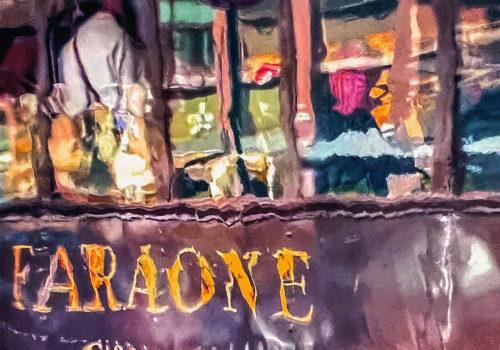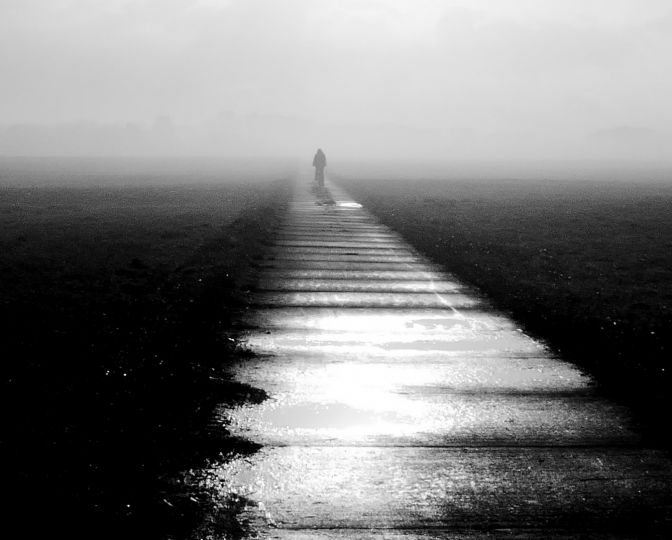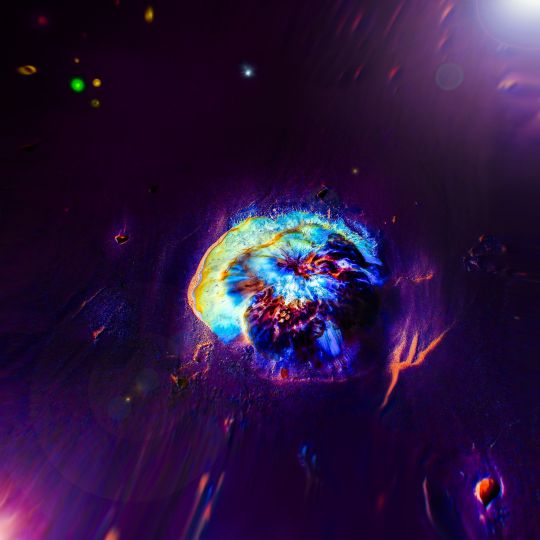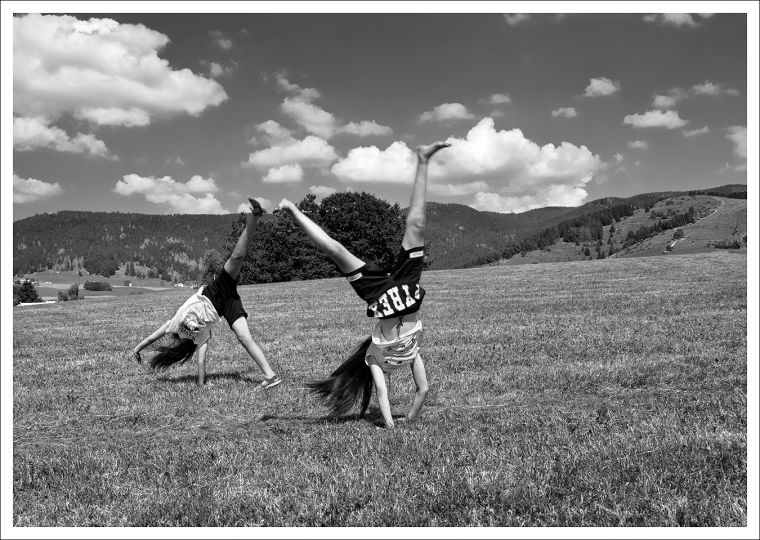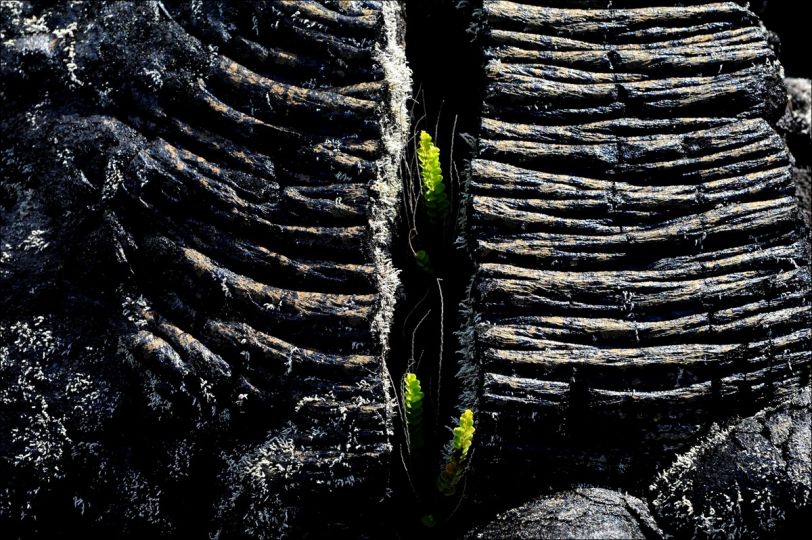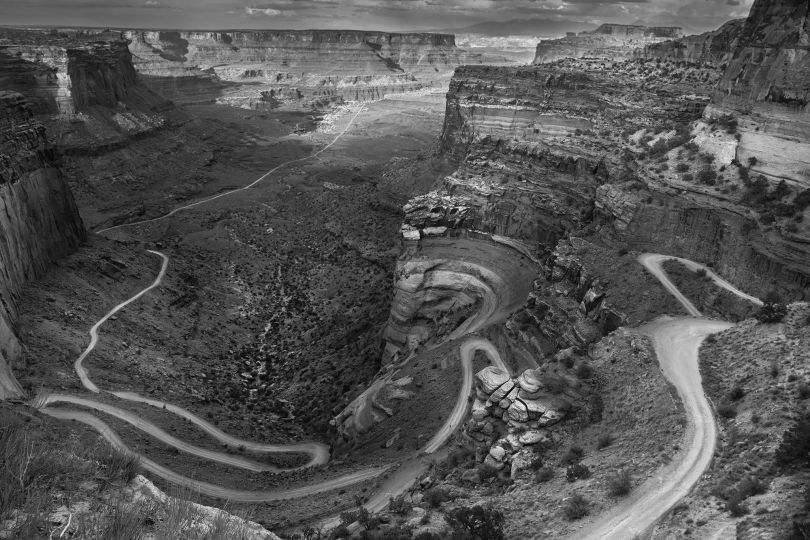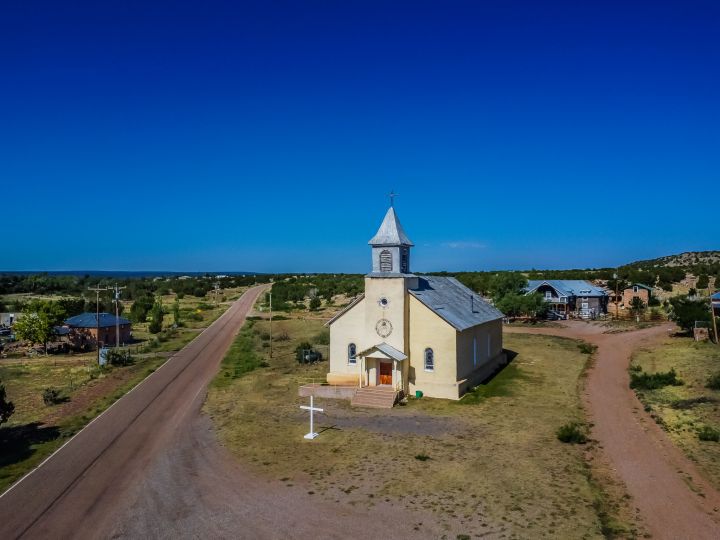The colour of people
The colour of people does not exist in itself, it cannot be defined, because it is a mosaic whose tesserae change place and shade every day, every moment, when we meet a new gaze, catch a glimpse of another gesture, become aware of the different rhythm of the step of each of us.
In a way, the colour of people resembles the need to define ourselves through others: ‘I’ll know that I’m me’ says the protagonist of Pavese’s verses, ‘by glancing around: / I’ll see myself among people’.
Mercadante’s photographic artifice shows us reality as if our eyes were full of tears from the emotion of living, from the excitement of getting to know a new perfume that transports us elsewhere, or recognising a familiar noise that makes us feel at home.
Each person in these metropolitan images is a stranger to us and at the same time belongs to our community, to our shared destiny: we can’t see their eyes, we can’t hear their words, but we can grasp their colour.
Rem tene, verba sequentur. Perhaps only a man who grew up in Calabria, in the centre of the Mediterranean, could grasp the joy of entrusting everything to colour, of making it the heart of coexistence, the place where we meet the other, the music to which we dance together even if we don’t know the words of the song, the dream at the corner of every moment of everyday life.
Francesco Mercadante’s camera paints the streets from inside the people who walk them: by looking at them we can perhaps guess who they are and intercept what they are doing, but with certainty we can know who they are and who we are. In Mercadante’s crowded streets, under his umbrellas, behind the brilliance of the colours that seem to demand all our energy, we experience the very real illusion of being able to enter a world of life, to be children and fathers and mothers, brothers and sisters, friends and lovers, and to fill our eyes with tears and our hearts with passion.
‘The world is in colour’, says Wim Wenders, but reality is in black and white.
Text: Andrea Casoli

